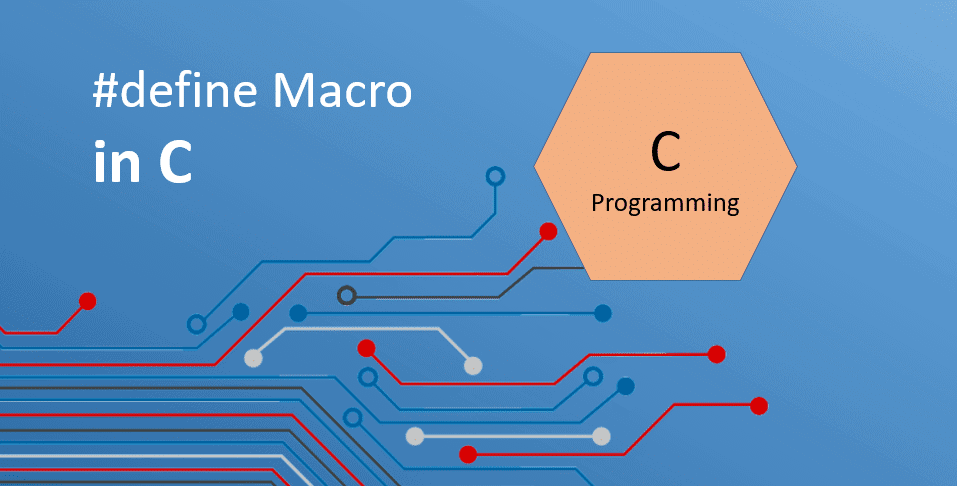

The advantage of using macro is the execution speed of the program fragment. A macro is defined with the preprocessor directive, #define. Being a pre-processor, the block of code is communicated to the compiler before entering into the actual coding (main function). What are the advantages of macros in C?Ī macro is a name given to a block of C statements as a pre-processor directive. The macro uses the “#define” directive to define the macro in C programming language. In C, the macro is used to define any constant value or any variable with its value in the entire program that will be replaced by this macro name, where macro contains the set of code that will be called when the macro name is used in the program. An example of macro is a very close up photograph of an ant a macro photograph. An example of macro is the study of the key driving aspects of an economy macro economics. Macro is defined as something that covers a large amount, or is large in size. After the macro is defined, the compiler can substitute the token string for each occurrence of the identifier in the source file. The #define creates a macro, which is the association of an identifier or parameterized identifier with a token string.

If used inside an include, the name of the included file is returned.
#MACRO DEFINITION IN C FULL#
_FILE_ The full path and filename of the file with symlinks resolved. _LINE_ The current line number of the file.

If you request to use a header file in the program by actually including it with the preprocessed C directive #include like you have seen the inclusion of stdio. h is known to contain the input and output operations like “printf” or “scanf” etc. What is the function of #include Stdio H? There are two types of macros: Object-like Macros. A macro is a segment of code which is replaced by the value of macro.


 0 kommentar(er)
0 kommentar(er)
